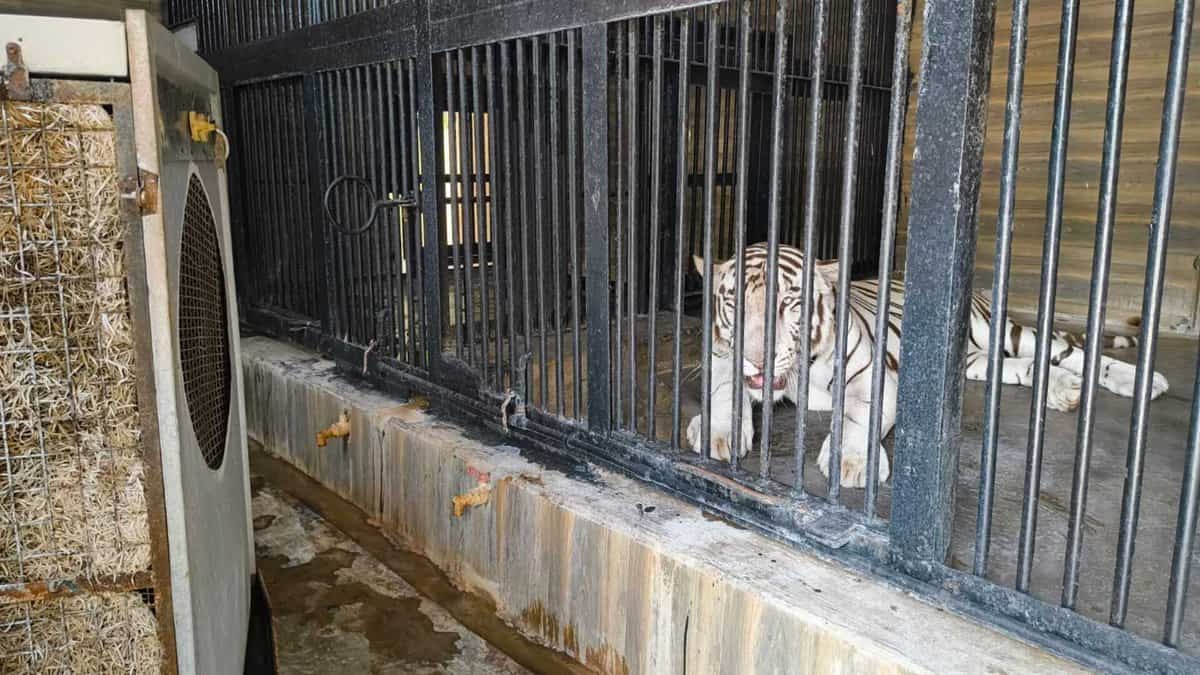Miles O’Brien:
Scientists estimate there were between 100 and 400 million beavers in North America before European migration. For a few centuries, beavers were trapped for their pelts and killed as nuisances to near extinction.
Beavers can cause unwelcome flooding on property and crops. Videos showing their dams and lodges being gleefully blown to smithereens are all over social media. But land managers are now more likely to see them as an ally, and they’re taking some unusual steps to try to bring back more beavers.
Scott Miller is the aquatic resources program lead for the Federal Bureau of Land Management. He’s at the center of a campaign to restore streams and rivers and the lush vegetation that borders them, so-called riparian zones.
To do that he’s thinking like a beaver, building beaver dam analogs.
Scott Miller, Bureau of Land Management: This is just a hand-built structure trying to mimic what beaver naturally do.
We first drive the post into the ground, we put some sod in, and then we’re weaving willow and aspen branches between the poles, and then we’re putting some more sod in. They can be built in anywhere from a half-hour to two hours, depending on the size and complexity.














































